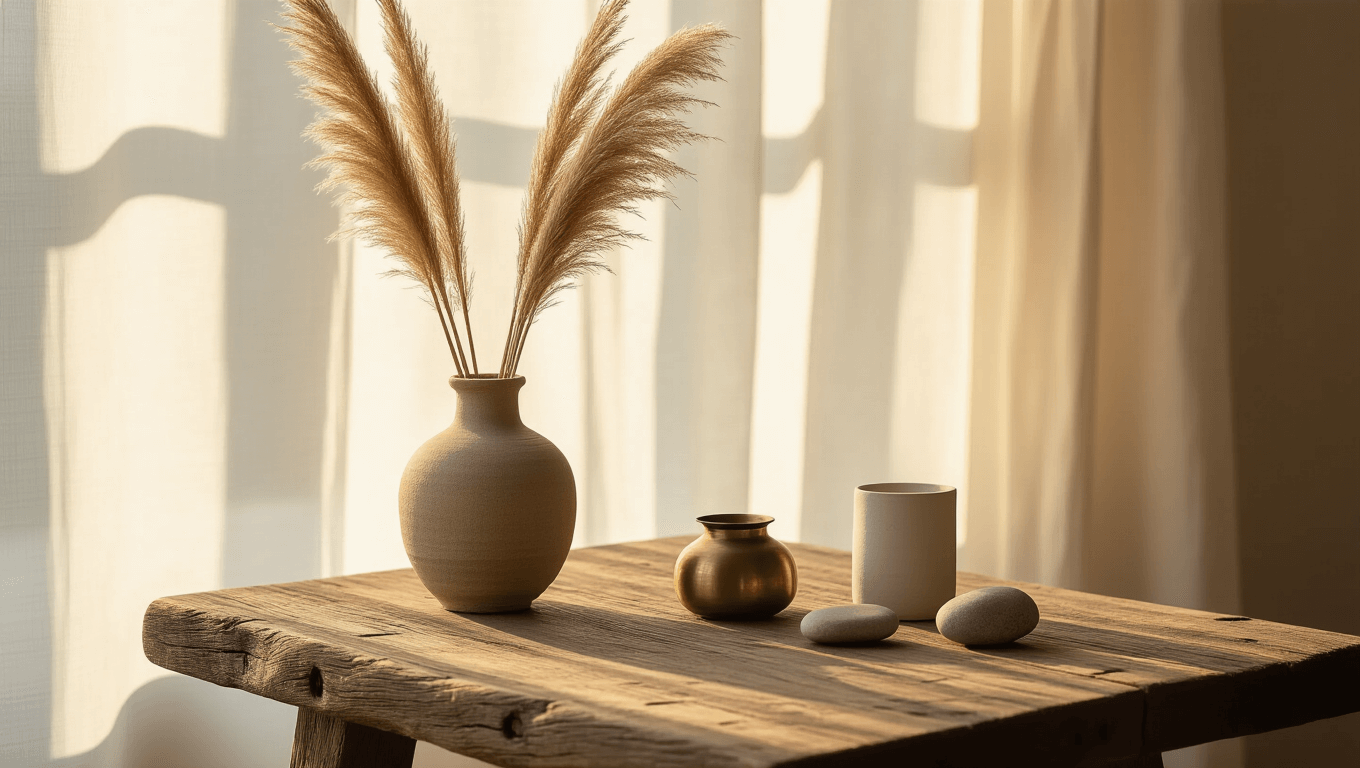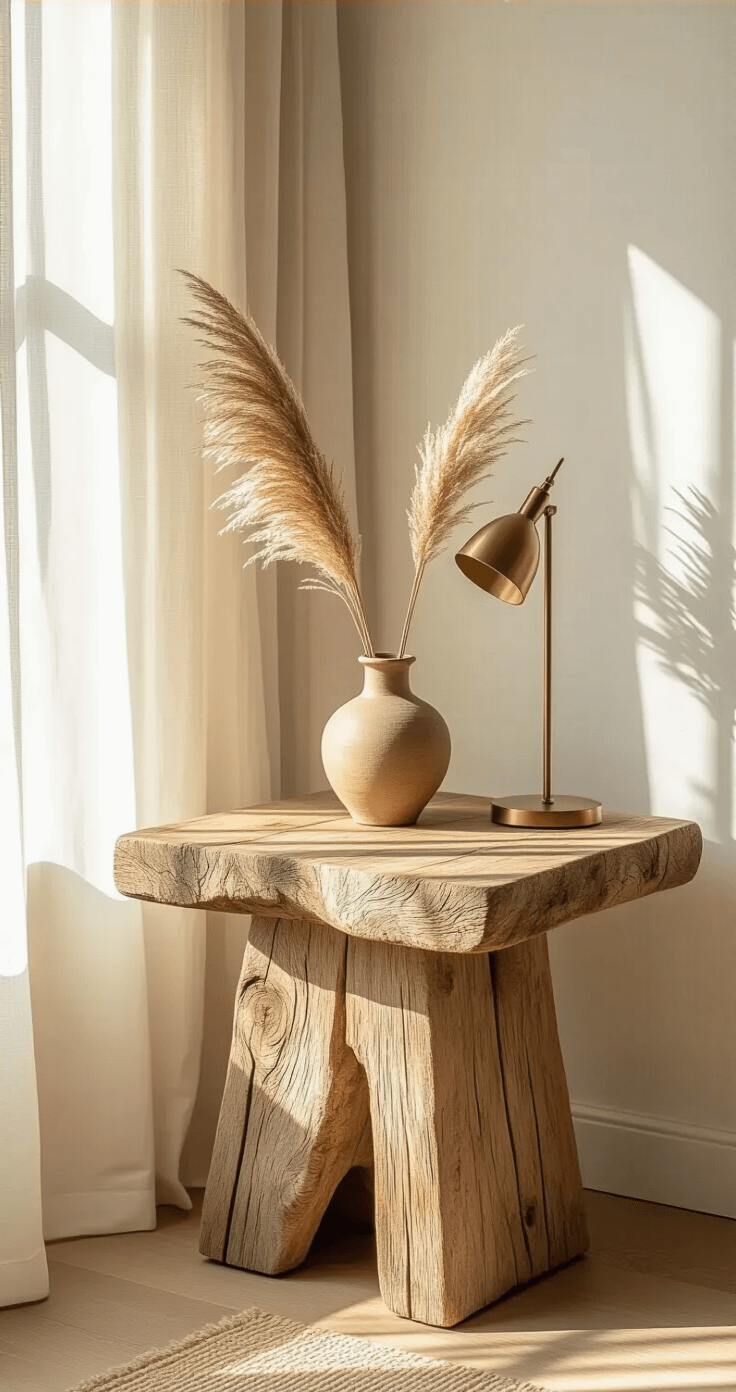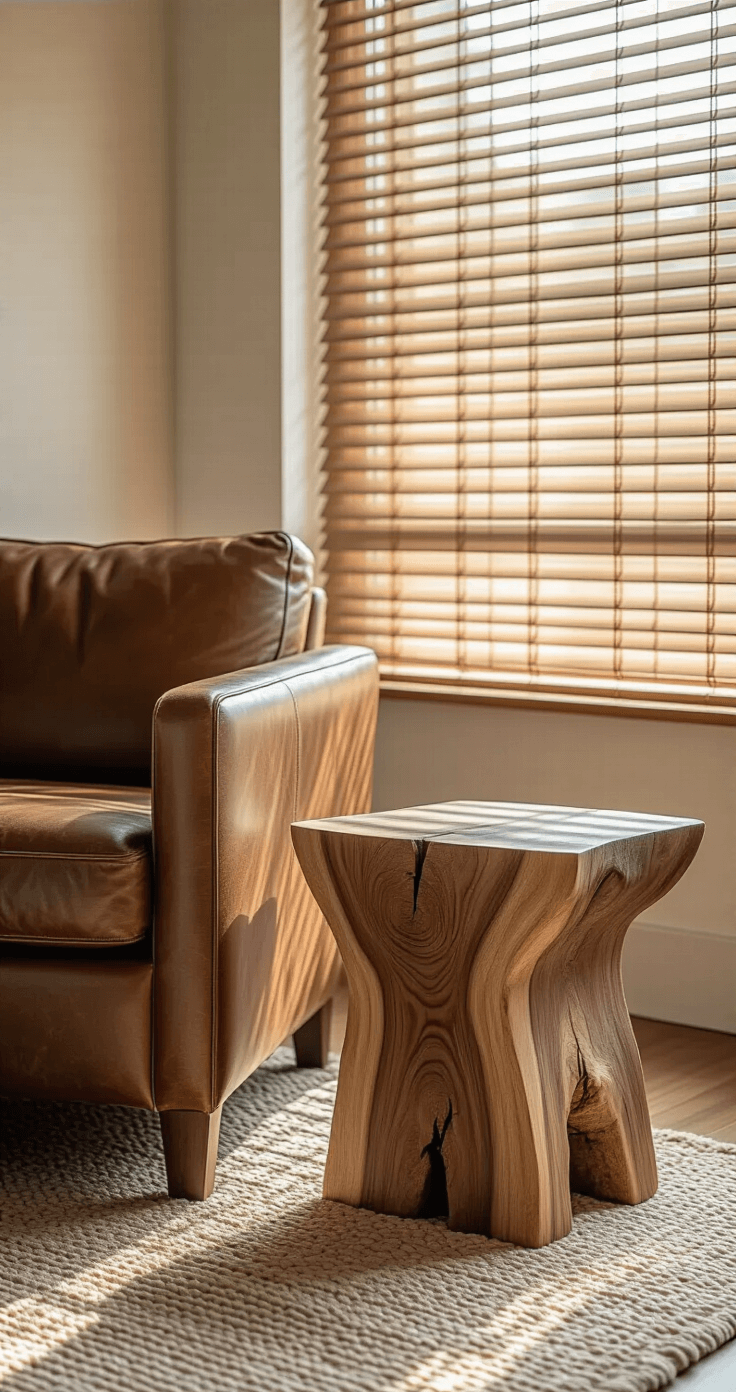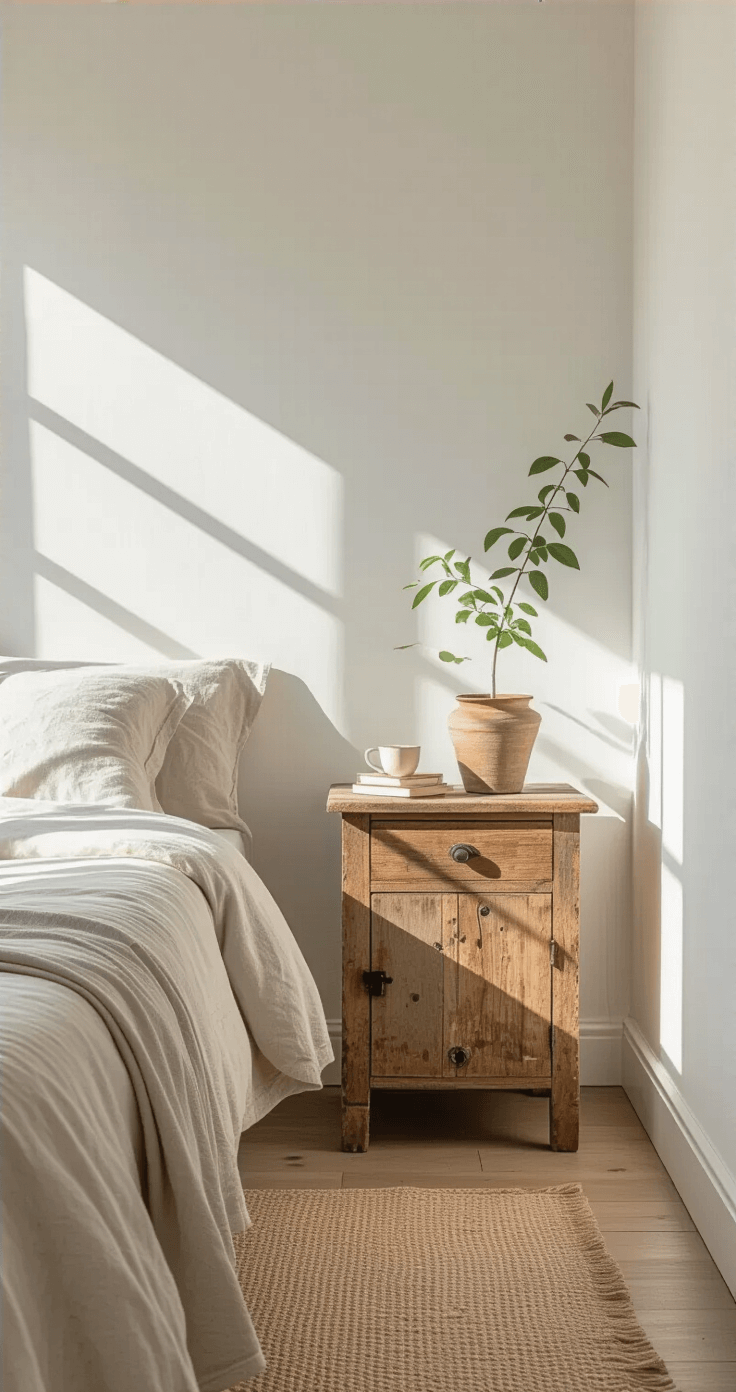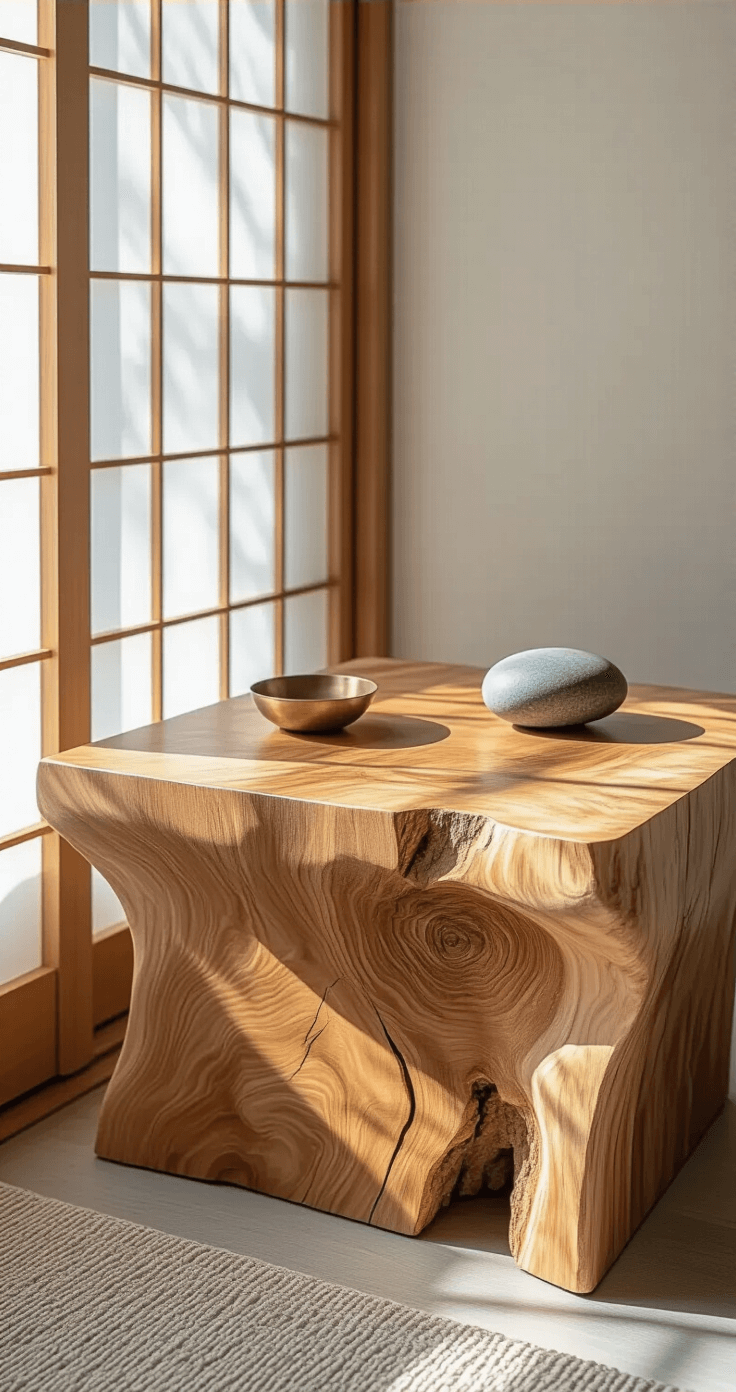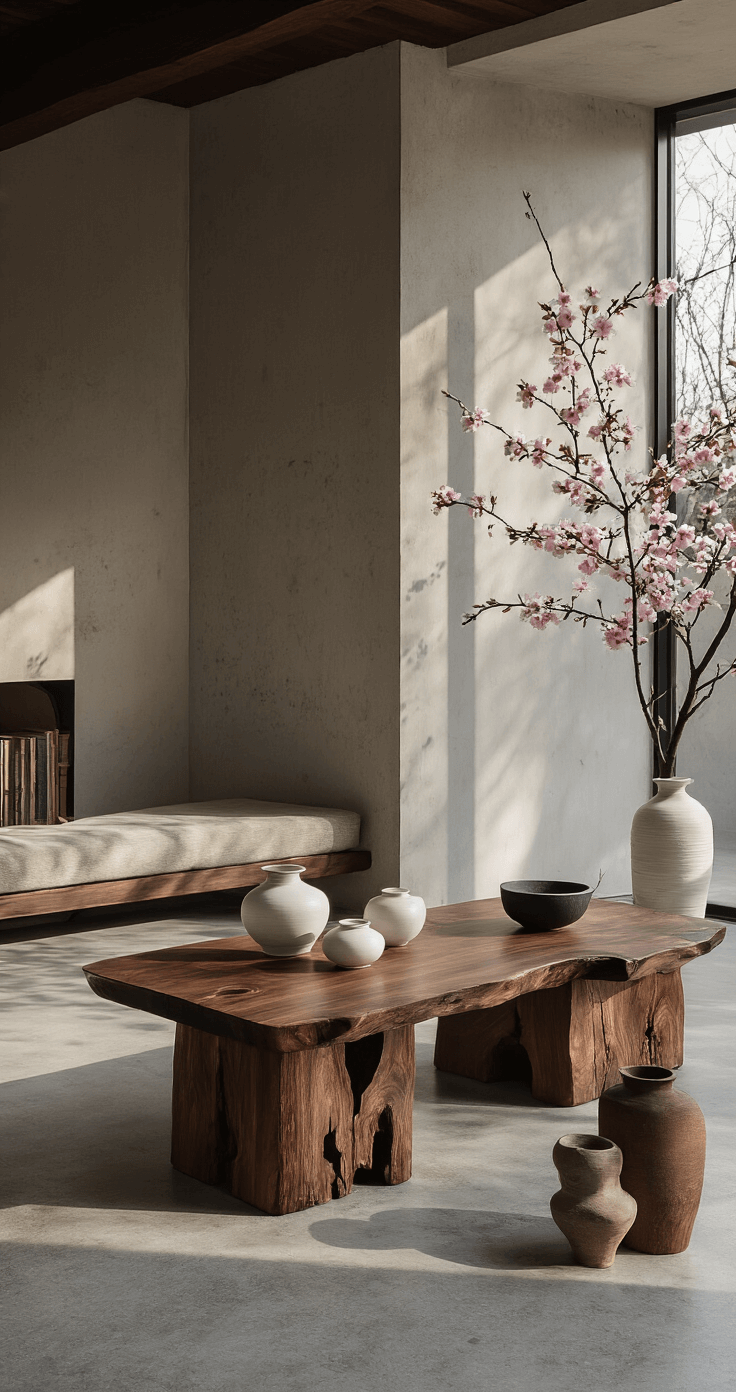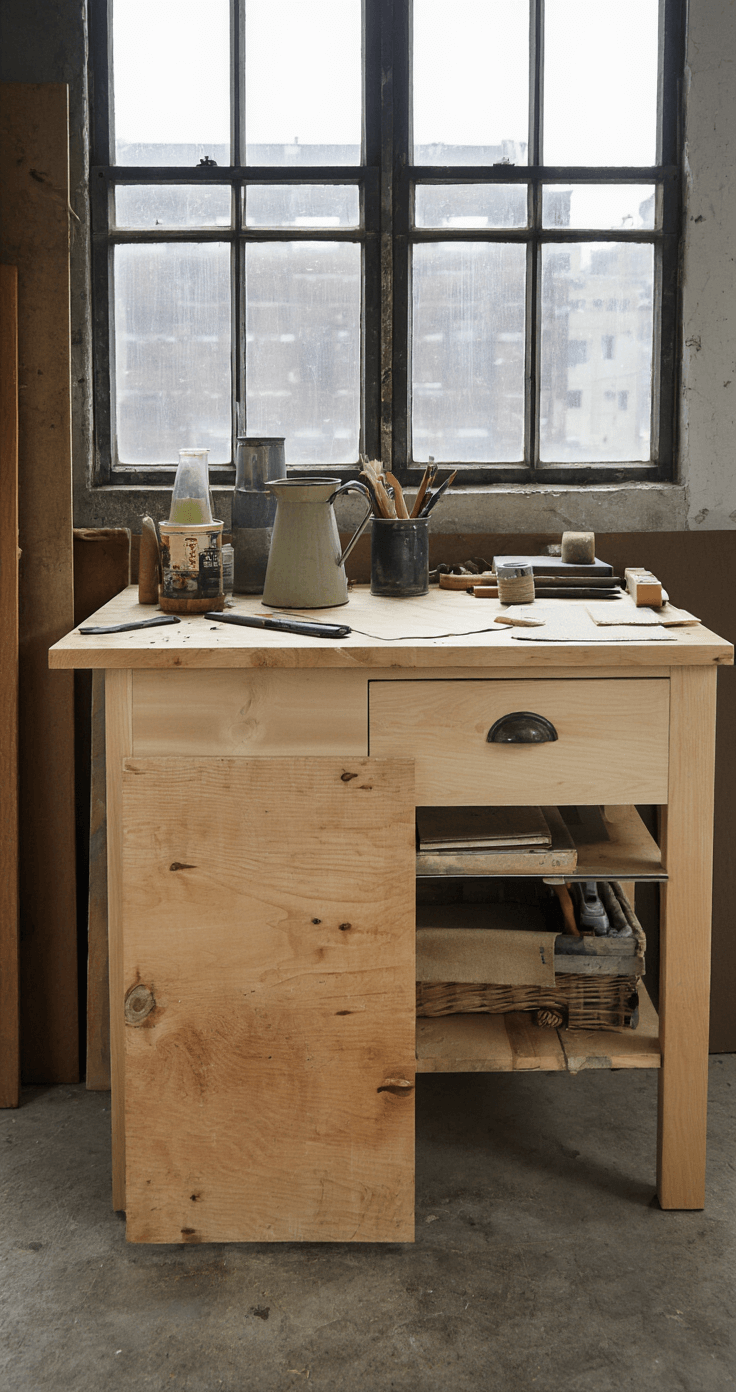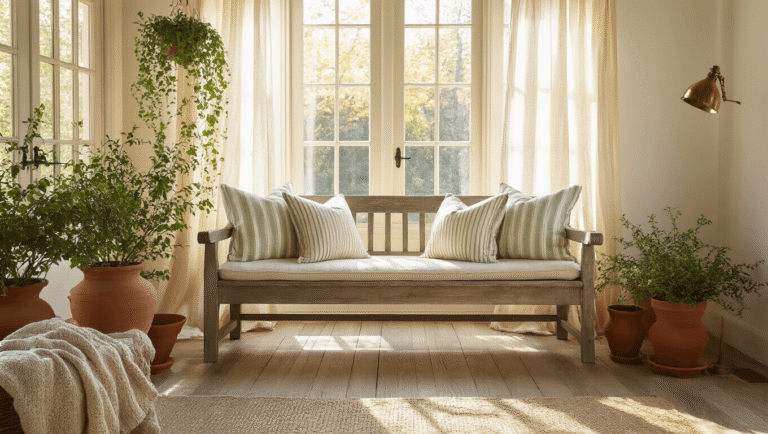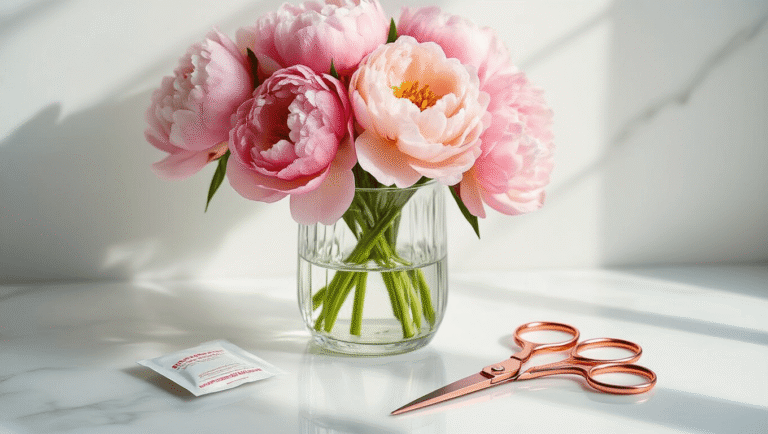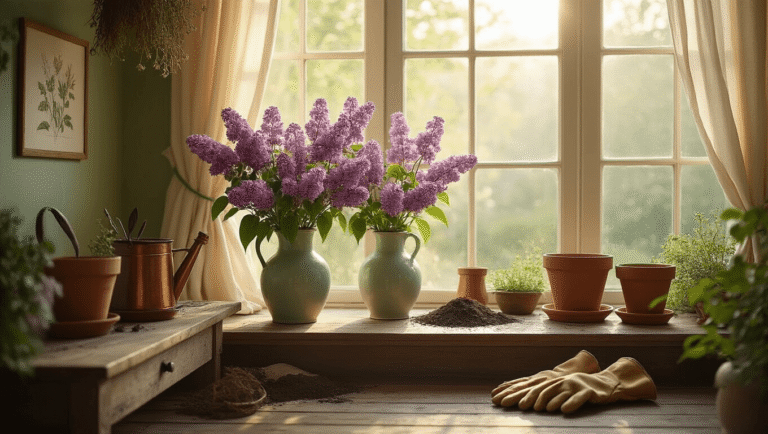This post may contain affiliate links. Please see my disclosure policy for details.
What Makes Wabi-Sabi Side Tables Uniquely Stunning?
Contents
Let’s break down why these tables are more than just furniture – they’re functional art pieces that transform your living space:
1. Embracing Nature’s Authentic Beauty
Wabi-sabi isn’t about perfection. It’s about celebrating:
- Raw, Unpolished Surfaces
- Natural wood grain variations
- Subtle imperfections that tell a story
- Handcrafted details that machine-made furniture can’t replicate
2. Materials That Speak Volumes
These tables aren’t just made – they’re crafted with soul. Look for:
- Reclaimed wood tables
- Live edge designs
- Sustainably sourced timber
- Pieces that showcase wood’s natural character
3. Design Philosophy: Less is Absolutely More
Wabi-sabi side tables follow a minimalist mantra:
- Clean, simple lines
- No unnecessary ornamentation
- Functional first, beautiful always
- Designs that breathe and create space
4. Aging as an Art Form
Unlike modern furniture that tries to look forever new, wabi-sabi celebrates:
- Gentle wear and tear
- Patina that develops over time
- Marks that tell your table’s unique history
- Beauty in subtle imperfections
Practical Magic: How to Choose Your Perfect Wabi-Sabi Side Table
What to Look For:
- Handcrafted Details: Machine precision is out, artisan touch is in
- Natural Materials: Think solid wood, not synthetic
- Unique Silhouettes: Slightly asymmetrical is wonderfully welcome
- Versatility: A table that works in multiple spaces
Pro Tips for Styling
- Pair with minimalist decor items
- Use neutral, earthy color palettes
- Let the table’s natural beauty be the focal point
- Mix with soft textures to complement wood’s roughness
The Investment Perspective
A wabi-sabi side table isn’t just furniture. It’s:
- A conversation piece
- A long-term investment
- A reflection of your appreciation for authentic design
- A connection to craftsmanship
Budget-Friendly Options
- Local artisan markets
- Vintage stores
- Online handmade marketplaces
- Affordable reclaimed wood pieces
Final Thoughts: More Than Just a Table
Wabi-sabi teaches us that perfection is overrated. It’s about finding beauty in the authentic, the worn, the real. Your side table isn’t just a piece of furniture – it’s a philosophy, a story, a piece of art.
Pro Tip: Close your eyes. Run your hand over the wood. Feel its journey. That’s wabi-sabi.

